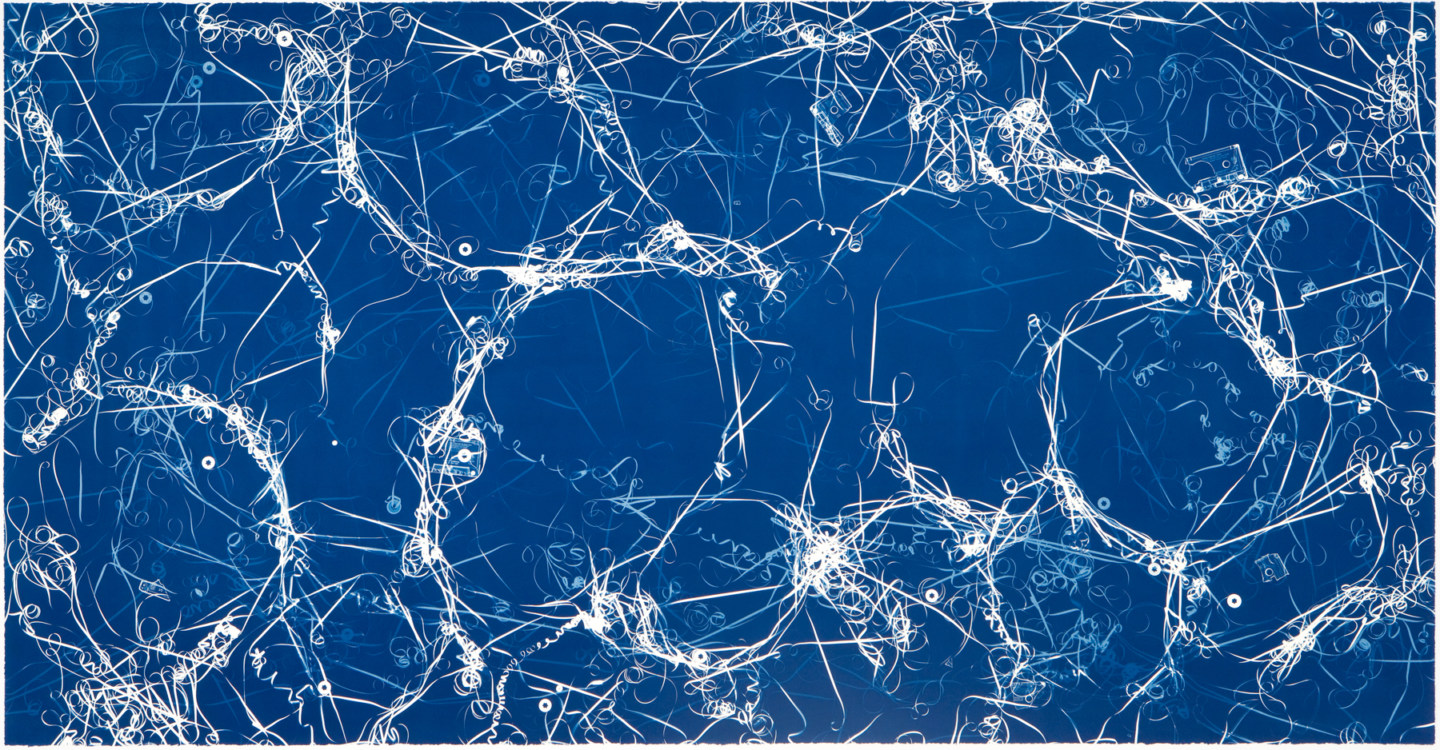 |
Alexander Gardener's Home of a Rebel Sharpshooter
(1863) |
Susan Sontag's
In Plato's Cave touches on the notion that photographs are very different than that of a painting, but rather that they are true evidence or proof of something's existence. She explains that a painting is merely an interpretation, and that a photograph is undeniably the truth. Sontag later goes on to explain that photography isn't exactly proof. Sure it may be visually accurate, but photographers still take photos to try to display what they see, the way they want their subject to be viewed. "In deciding how a picture should
look, in preferring one exposure to another, photographers are
always imposing standards on their subjects." (Sontag, 13) Photography is another way to interpret the world. Images can be made to give off a specific feeling or mood, as well as moving things around to convey a different message. An early example of this would be Alexander Gardener's
Home of a Rebel Sharpshooter. This image was staged with a dead soldier, and Gardener's own rifle as the body laid in the trench. He created a narrative by changing the reality of the scene. That person could have been anything but a sharpshooter for all we know.
Sontag later goes on to describe the industrialization of photography, stating that "Recently, photography has become almost as widely practiced an
amusement as sex and dancing—which means that, like every
mass art form, photography is not practiced by most people as
an art. It is mainly a social rite, a defense against anxiety, and a
tool of power." (Sontag, 14) The ease of access makes something almost lose it's specialty. That seems to be what she conveys in my opinion. It's almost like the car. When cars became mainstream, they started making better and more expensive cars. This made those vehicles special. In terms of photos and cameras though, they could only be so good. As a result of that, everyone was to some extent on the same playing field, which meant an innovation in one's own personal approach to taking photos rather than an advance in technology and such. Perhaps I'm overthinking it, but I feel that may have driven others to create art; doing so to stand out.



Comments
Post a Comment